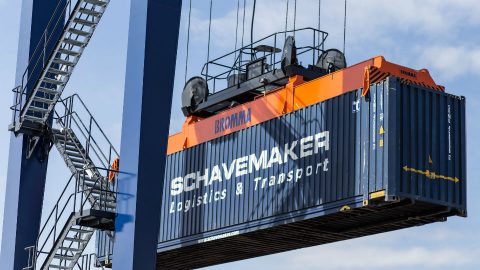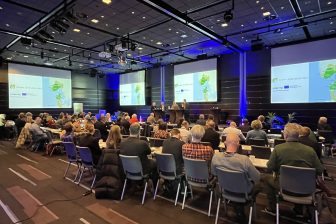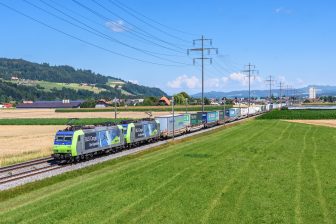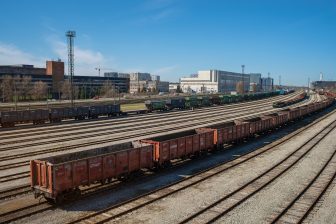
Schavemaker extends rail terminal Poland to increase capacity
Logistics company Schavemaker is extending its inland rail terminal in Wroclaw, Poland to be able to handle more trains and increase storage capacity, anticipating growing cargo volumes in the near future.
To be precise, the intermodal terminal lies in Kąty Wrocławskie, 10 kilometre from the city of Wrocław in Poland. Many factories are located in this fourth largest city of Poland, which is also strategically located on routes to central and western European countries and Asian countries, such as China. Three years ago, the rail terminal was renovated to a state of the art facility. It now wants to expand its services, the current project being the first step in this direction.
Extension to 600 metre tracks
“After the extension, the railway siding is going to have two tracks with a length of 600 metres each”, explained Susanne Dirksen, Sales Manager of the company. “Currently, the two tracks are 400 metres. Trains have to be decoupled because they do not fit in its entire length. With the new tracks, two full trains can be handled at the same time and the terminal can serve six trains per day.”
In addition, Schavemakers has purchased additional land; 12 thousand square metres in addition to its current 50 thousand metre surface. “This will be furnished to provide more storage capacity”, said Dirksen. The terminal now provides 3,000 TEUs storage capacity.
Inland terminals importance
“Inland terminals are becoming increasingly important”, the sales manager continued. “The large terminals are congested. If we want to be able to facilitate a modal shift to rail transport, the smaller inland terminals play a key role, they are the future in the logistics chain.”
The terminal handles a broad array of cargo types from bulk to consumer products from China, but also semi-finished products destined for the manufacturing industry. “Rail proves to be especially suited for the transport of floating stock; as this kind of cargo can be stored at the terminal”, Dirksen pointed out.





